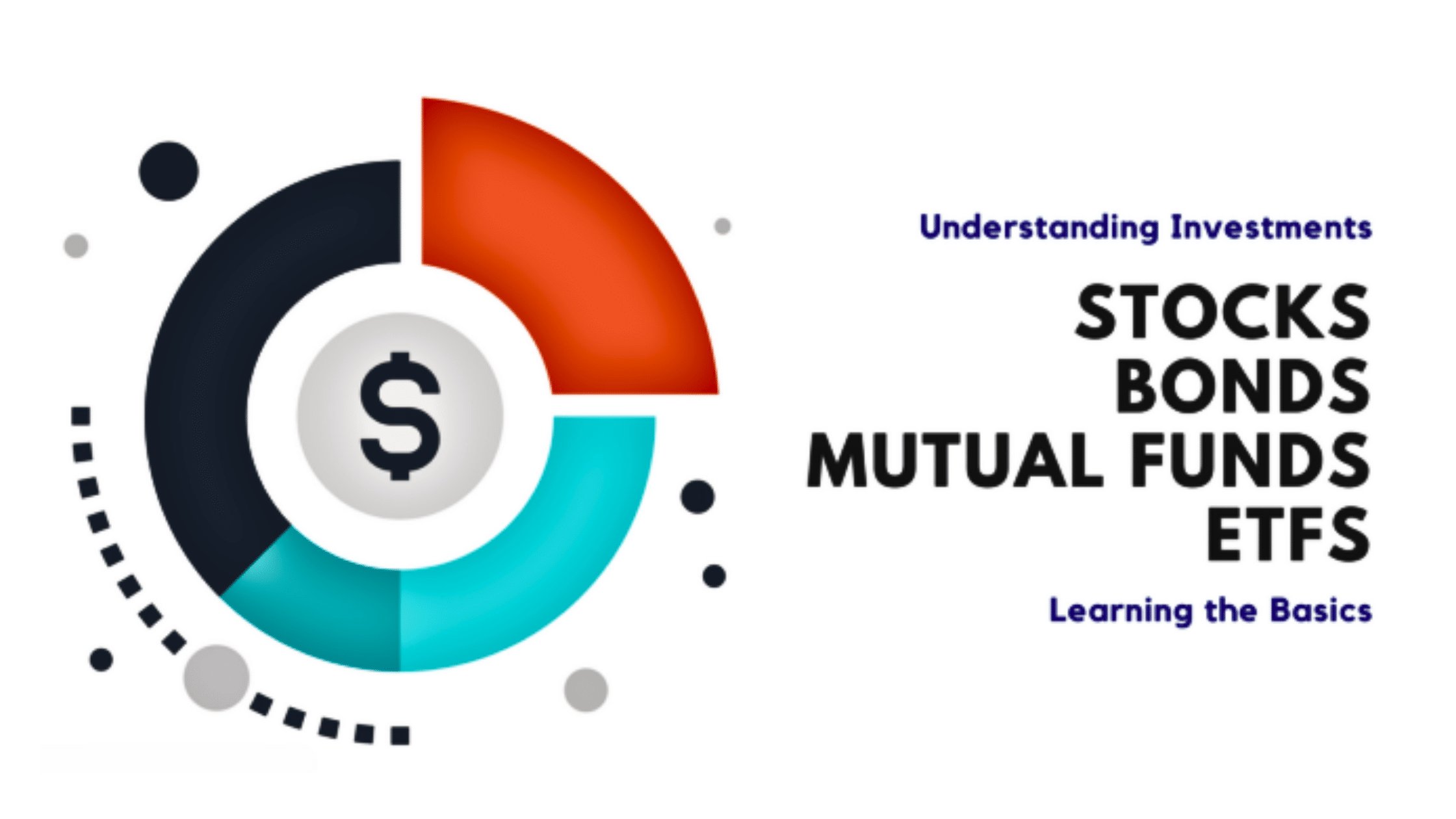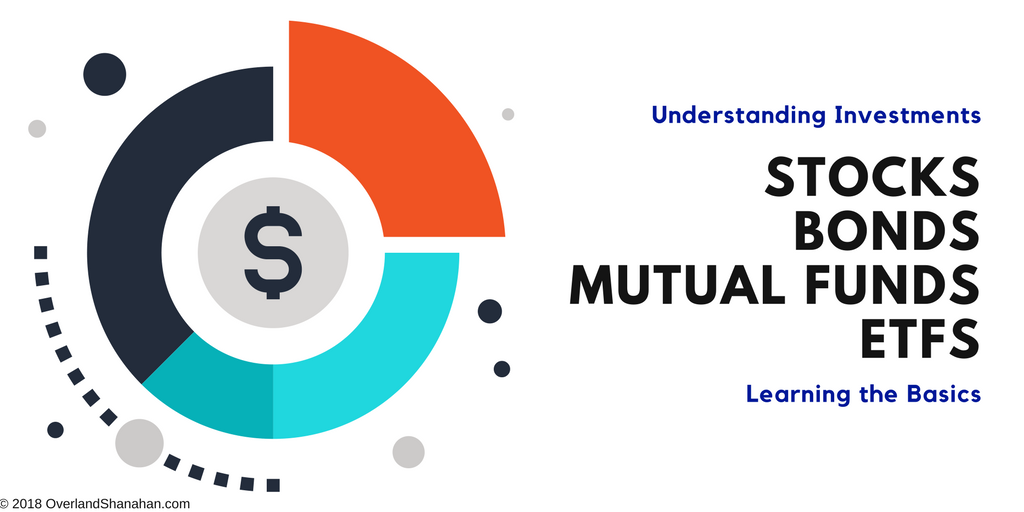There’s more to investing than purchasing stocks online. Investors have options. Stocks, bonds, mutual funds and ETFs can all be included in a portfolio, yet each carries with it unique values and risks investors can weigh. Creating the right portfolio requires balancing several investment options before moving forward. Most experts recommend diversifying investments, yet investors should take care to avoid over- or under-diversifying their investments. Make informed decisions. Finding the right balance begins with understanding the options available. Get to know the basics behind stocks, bonds, mutual funds and ETFs.
Stocks
Stocks are a popular investment tool. A stock represents a piece of ownership, however limited, of a company. Stocks offer increased control, as they may be traded throughout the day. Typically, stocks are recommended for investors willing to be involved; stocks are a volatile commodity and have the potential to go from boom to bust in a day, and the opposite. For the novice investor, consulting a financial professional before entering the stock market may prove beneficial. Experienced traders may also wish to consult a professional for information, a second opinion, or advice. Stocks are generally associated with lower fees when compared with other investment options, and increased flexibility. Stocks offer investors the opportunity to select which companies to invest in, allowing more personal customization of the stock portfolio.
Bonds
Bonds can often be mixed-up with stocks, yet bonds represent an entirely different form of investment. Whereas stocks represent a piece of ownership, a bond represents a loan – a piece of debt. Bonds can be issued by companies, but also may be issued by governments (such as a U.S. Treasury savings bond) and people. By purchasing a bond, investors agree to lend their investment to the company at interest. In most cases, interest payments are disbursed bi-annually. At the date of issue, bonds are given a maturity date. Once the maturity date is reached, the initial investment amount is returned to the investor. For example, a 10-year, $10,000 savings bond with a 3% rate interest will yield interest payments of $300 annually ($600 every 2 years if issued in semi-annual payments). At the 10-year mark, when the bond reaches maturity, the initial $10,000 would then be returned to the investor. Bonds are relatively stable compared to other investment vehicles, yet seldom offer the opportunity for comparatively large gains.
Mutual Funds
Mutual funds are a popular investment tool. Government and corporate retirement portfolios often include mutual funds as part of the package. Due to a low demand for personal investor oversight, mutual funds are a popular choice for new investors or those lacking time available for managing more responsibilities. With a mutual fund, a group of investors pools resources into a fund which, managed by a team of financial professionals. Pooling resources together grant the fund greater trading power. Fund managers make investment decisions for the fund which then affect all shareholders – whether the outcome is good, bad, or neutral. Mutual funds are generally quite diverse and, correspondingly, tend to involve reduced risk. This can make mutual funds an attractive option for investors with a low threshold for the ‘ups and downs’ typically associated with other investment vehicles. Mutual funds are traded only once per day, at the close of the market.
ETFs
ETF is short for an exchange-traded fund. As the name suggests, ETFs are traded on a stock exchange. Loosely speaking, an ETF is a package of stocks or securities, similar to a mutual fund, yet are traded in a style resembling closer to that of stocks. By packaging stocks and securities, ETFs can add a great deal of diversity to an investment portfolio. Unlike stocks, ETFs grant no ownership over company stocks. Instead, ETFs offer the opportunity to purchase shares of their pooled value. ETFs are growing in popularity as an investment tool, and offer flexibility for moving in and out of markets to suit investor needs. A number of ETFs are available depending on investor goals. ETFs are actively traded on the exchange all day, resulting in a coordinating amount of volatility.
Building the right portfolio involves finding the right investment options to suit your needs and your goals. An investment portfolio may include one or more of the above investment vehicles. While the risk for investment vehicles may vary, all investments carry with them some level of risk. For more on building the right investment strategy, consult a financial professional. At High Bluff Private Wealth we can explain the different investment options available and create a portfolio personalized for you. To start investing in your future, or for more information on growing your current investment footprint, call High Bluff Private Wealth at (858) 792-7027 or visit OverlandShanahan.com today.
The opinions voiced in this material are for general information only and are not intended to provide specific advice or recommendations for any individual.
Exchange traded funds concentrating in specific industries are subject to higher risks and volatility than those that invest more broadly.
Bonds are subject to market and interest rate risk if sold prior to maturity. Bond values will decline as interest rates rise and bonds are subject to availability and change in price.
There is no guarantee that a diversified portfolio will enhance overall returns or outperform a non-diversified portfolio. Diversification does not protect against market risk.






